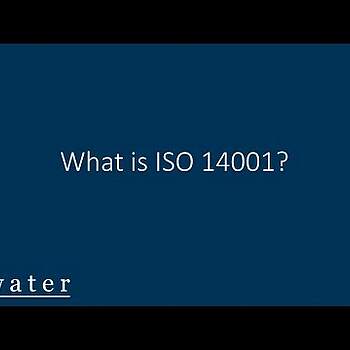ISO 9001 was first published in 1987, and is the best-known standard for quality assurance and quality management in the manufacturing and service industries. ISO 9001 defines the quality management process as a regimen of planning, executing, checking and assessing opportunities for continual improvement in understanding customer requirements and providing customer satisfaction.
ISO 14001 is a series of international standards on environmental management. It provides a framework for the development of an environmental management system and a supporting audit program. ISO 14001 was first published as a standard in 1996 and is often seen as the cornerstone standard of the ISO 14000 series. It specifies a framework of control for an Environmental Management System (EMS) and is the only ISO 14000 standard for which it is currently possible to be certified by an external certification body.
ISO and multiple international organizations led by the United Nations have recognized the universal need to provide specific guidance to utility operators on the management of water and wastewater utilities in order to improve quality in the delivery of water and wastewater services. To address this need, ISO in 2007 developed three separate but linked standards:
• ISO 24510: Activities relating to drinking water and wastewater services — guidelines for assessing services and improving them for users.
• ISO 24511: Activities relating to drinking water and wastewater services — guidelines for managing wastewater utilities and assessing wastewater services.
• ISO 24512: Activities relating to drinking water and wastewater services — guidelines for managing drinking water utilities and assessing drinking water services.
These standards were designed to help water utilities meet the expectations of consumers and conform to principles of sustainable development. They provide guidelines for the assessment, improvement and management of water and wastewater services and have been published in English, Spanish and French. The new standards also provide multiple criteria and methods for the assessment of service quality.
For more information, see the link below.
